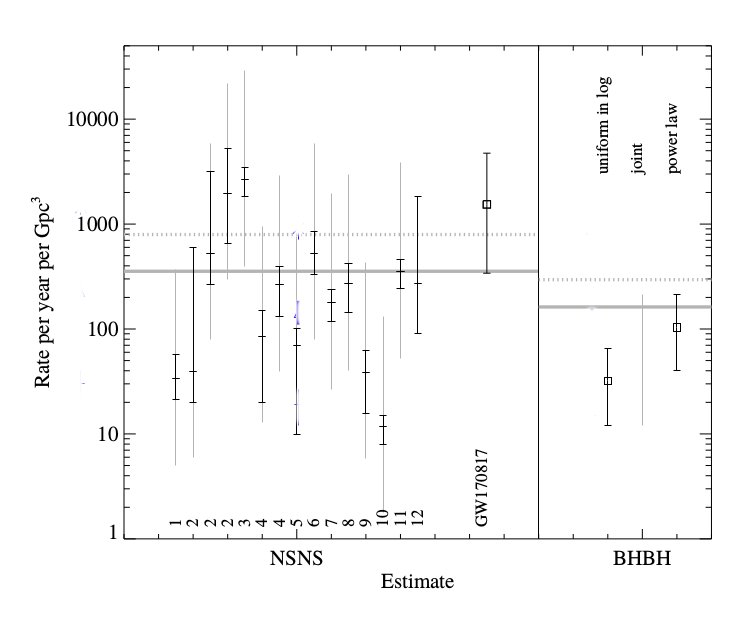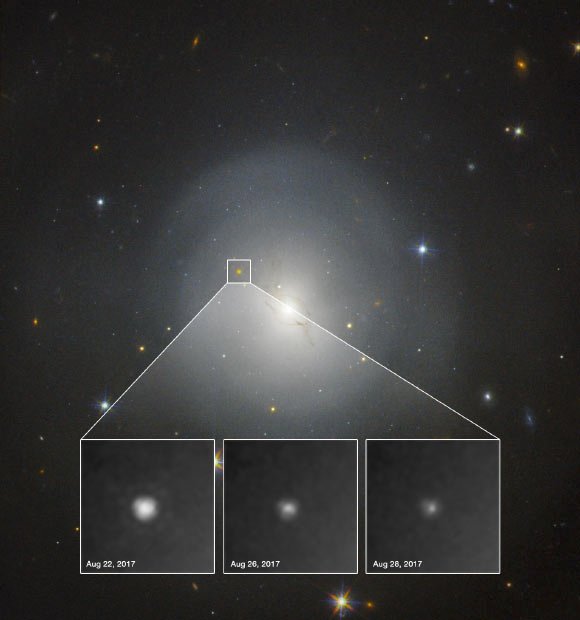So this is all quite cool and we now have 5 of these mergers detected and some of them even have their own twitter accounts: @iamgw150914
Anyway so the detection is amazing science in...

Now to go back a few years rumours had been around for months at the end of 2015 and early 2016 that something had been found
[This thread will be continued after a short intermission...]
Unfortunately I think because we had the paper out so quickly I think we annoyed a few people which I'm sorry about but it was just SOOOOO EXCITING!
What we can see is that you need to have earlier generations of star to have the more massive black holes. Also here I've separated out the stars with the "primary and secondary" which are the initially more or less massive...
So on the left are the neutron-star-neutron star...

The problem with predicting the rate...
The caveat being that our understanding of star formation in the Universe is also very uncertain. If we have more stars we have a higher rate, if we have few stars forming early on we have a lower rate.
It's an elliptical galaxy with no recent star formation. The stars must have been very old as they would take billions of years to merge. But understanding the stellar content of the...

But to do this...



